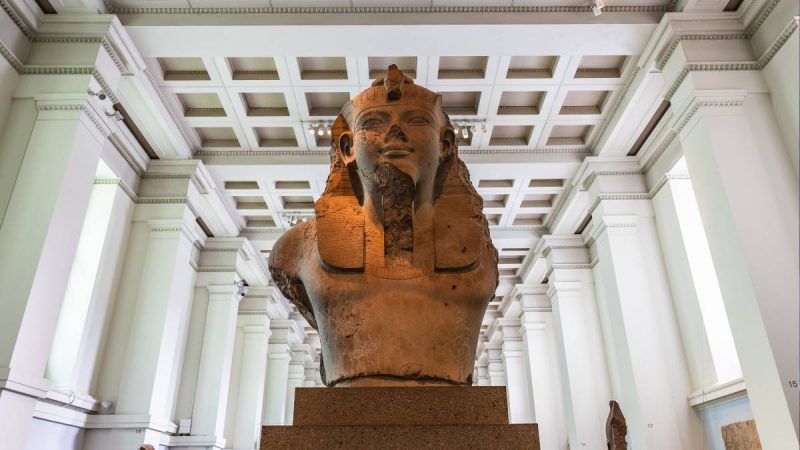Everybody knows that Egypt is home to some of the most iconic sites that are basically relics from the ancient world. The land of pyramids is truly home to some of the most unique ancient treasures. And now, the Ministry of Tourism and Antiquities have inaugurated the restored tomb of King Amenhotep III. Inaugurated in Luxor Valley of the Kings, here’s all you need to know about this reopening.
King Amenhotep III’s Tomb Reopened After Restoration
The restoration and development work for King Amenhotep III’s tomb began in 2004. With this work being carried out in three main phases, as revealed in a report by Scene Now, the project is finally reopened after a 20-year-long restoration. This project was carried out with support from the Japanese government. Not to mention, it was being done in coordination with UNESCO.
Efforts for restoration include the treatment of damaged wall relief and paintings. Additionally, there was also reinforcement of walls, ceilings and tombs. Lighting and ventilation systems were upgraded so that the artwork can be preserved from humidity and further deterioration. The burial site features a rare ritual depiction of the king’s journey through the afterlife. Complete with colossal statue and vividly-coloured scenes, it truly remains among the best preserved in ancient Egyptian art.
Also Read: Dubai Airport Plans To Make DWC And DXB The Most Accessible & Inclusive Airports By 2030
More About The King Amenhotep III
For those who are wondering, his mummy and sarcophagus are in the National Museum of Egyptian Civilisations of Cairo. However, it’s worth noting that after the French and British excavations in 1799 and 1915, most of the contents of the tomb were taken to the Louvre Museum in Paris, Highclere Castle in the United Kingdom, and the Metropolitan Museum in New York.
For those of you who are wondering, King Amenhotep III ruled Egypt during the 14th century BCE. He was the father of Kom al-Hetan, who was one of the most powerful pharaohs of the 18th dynasty. His tombs are regarded among the largest in the Valleys of the Kings and revered for their detailed decorative programme.
The programme portrays the king alongside details, and there are scenes drawn from the Book of the Day and the Book of the Night.
Cover Image Courtesy: Canva Pro/Tartezy
For more such snackable content, interesting discoveries and the latest updates on food, travel and experiences in your city, download the Curly Tales App. Download HERE.

